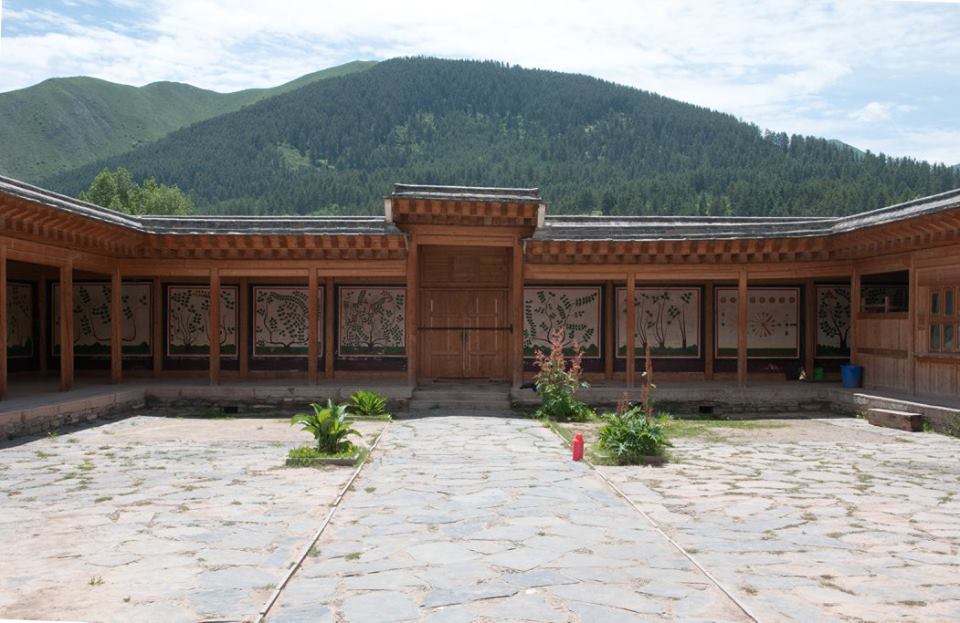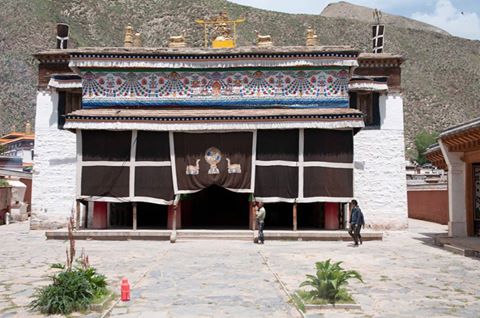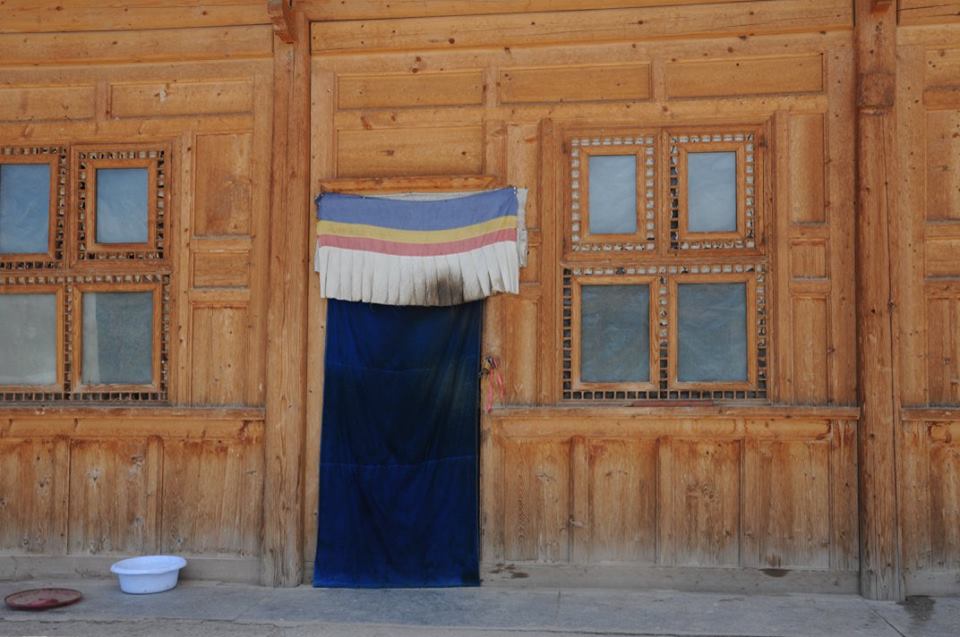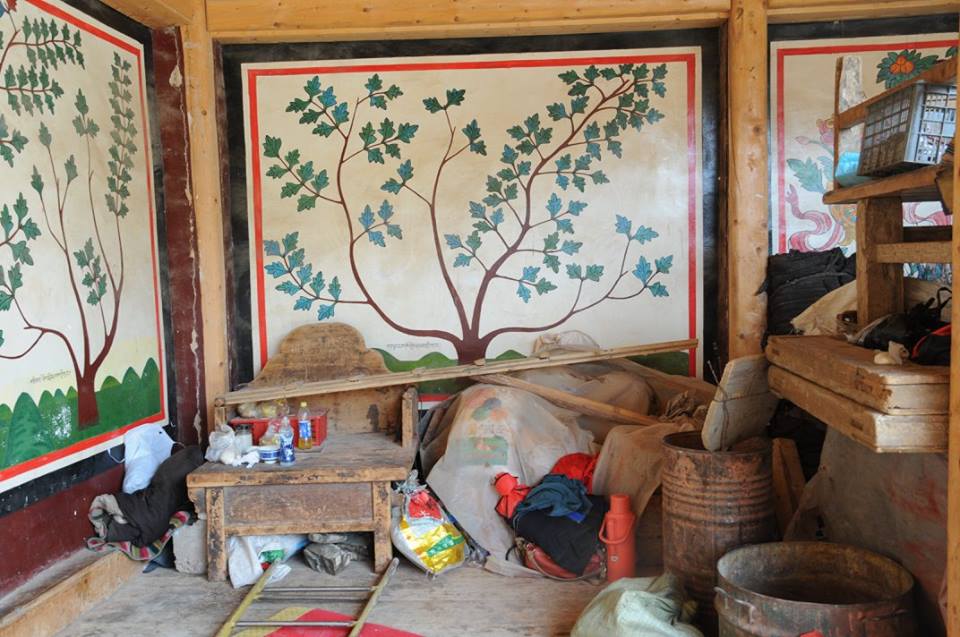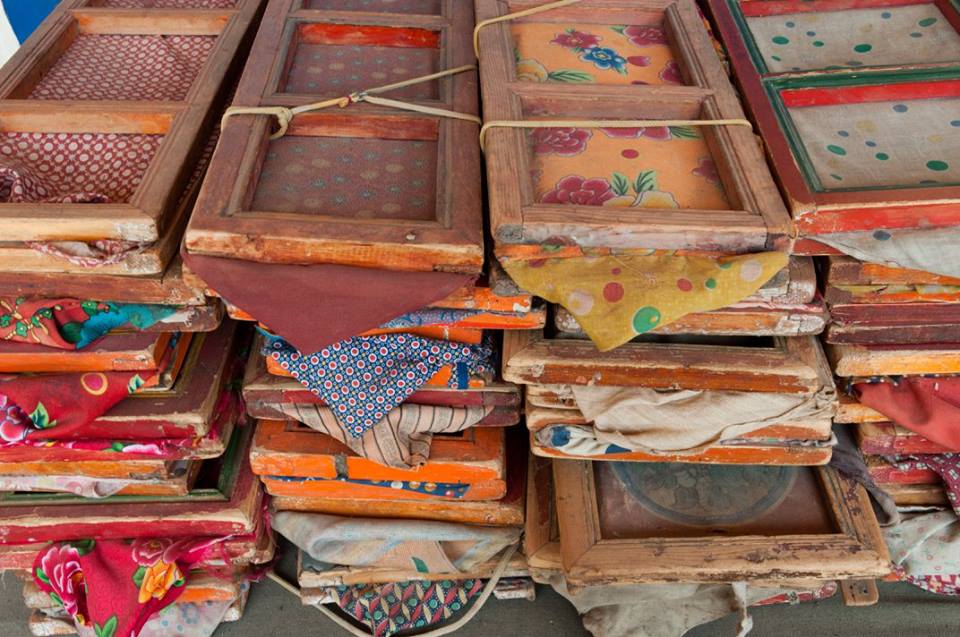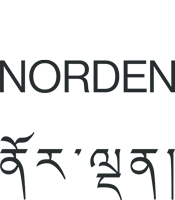The Medical College at Labrang TashiKyil Monastery
/Labrang Tashikhyil was founded in 1709 by the First Jamyang Shepa, Jamyang Shepei Dorje, under the sponsorship of a Qoshot Mongol prince. Many incarnation lines have their seats at Labrang Monastery including the Jamyang Shepa, Amdo Zhamar and Gunthang incarnation lines. Labrang has six colleges, the largest of which is the debate college, Mejung Tosam Ling, which was established by the First Jamyang Shepa when he built the monastery. The Tantric Colleges, Lower and Upper, were established by the First Jamyang Shepa in 1719, and the Upper, in 1943 by the Fifth. The Kalachakra College and Medical Colleges were established in 1763 and 1784 by the Second Jamyang Shepa. The Fourth Jamyang Shepa established Hevajra College in 1879.
Tibetan Medicine has its roots in India, introduced on the Plateau along with Buddhist Indian culture in the 11th and 12th centuries. Tibet absorbed early Indian Abhidharma literature as well as wide range of Indian Vajrayana tantras, containing practices based on medical anatomy, all of which formed the base of the Tibetan medical treatises.
The Medical College in Labrang is the largest in the area, and has a very active clinic and pharmacy. Most medicines made there are based on the wealth of local medicinal plants that cover the summer pasture, and in summer, we often see monks gathering plants in Ritoma, whose Monastery falls under Labrang’s monastic jurisdiction.
